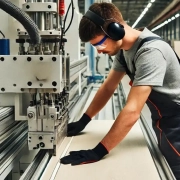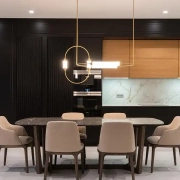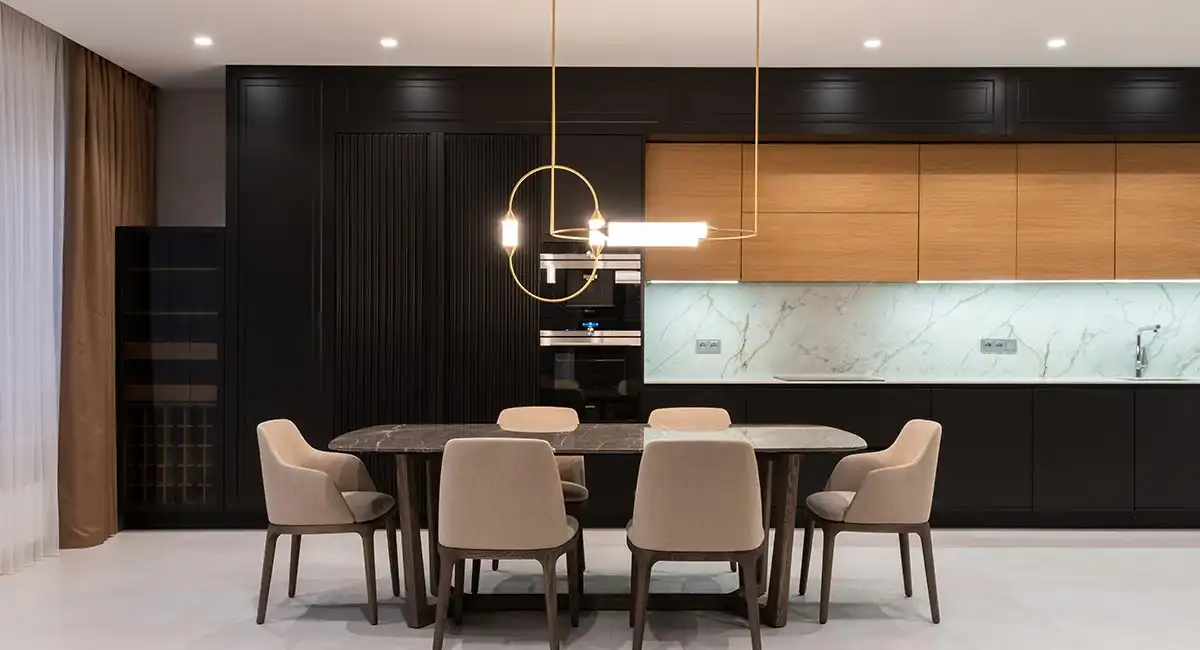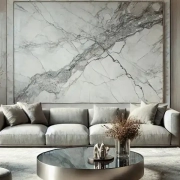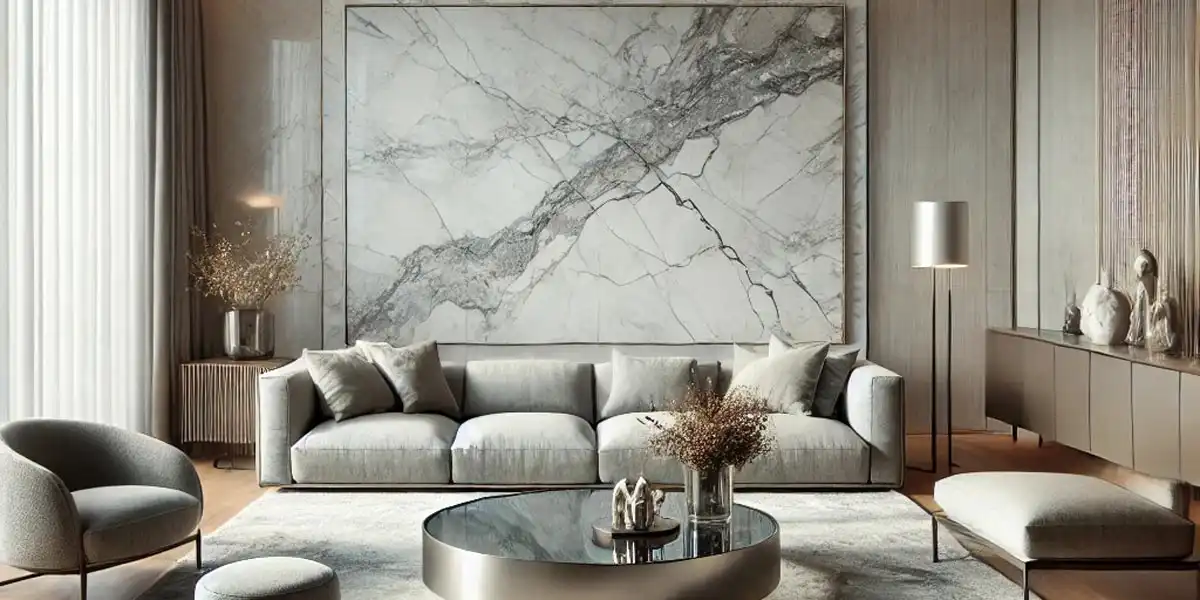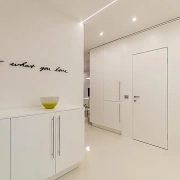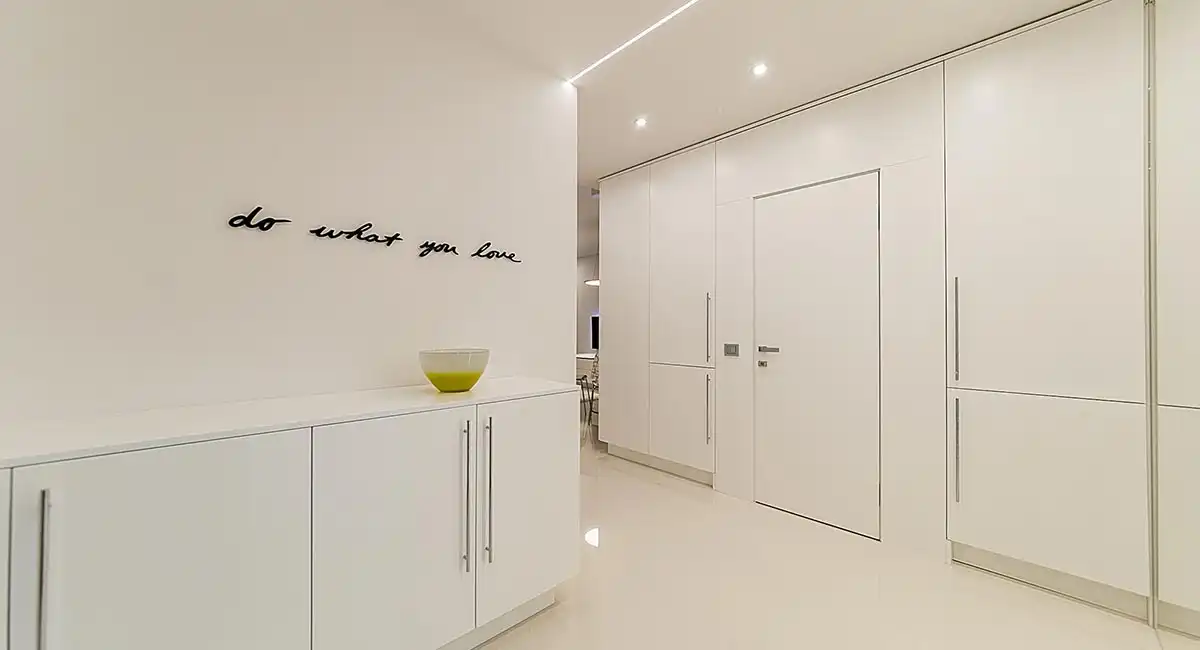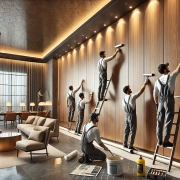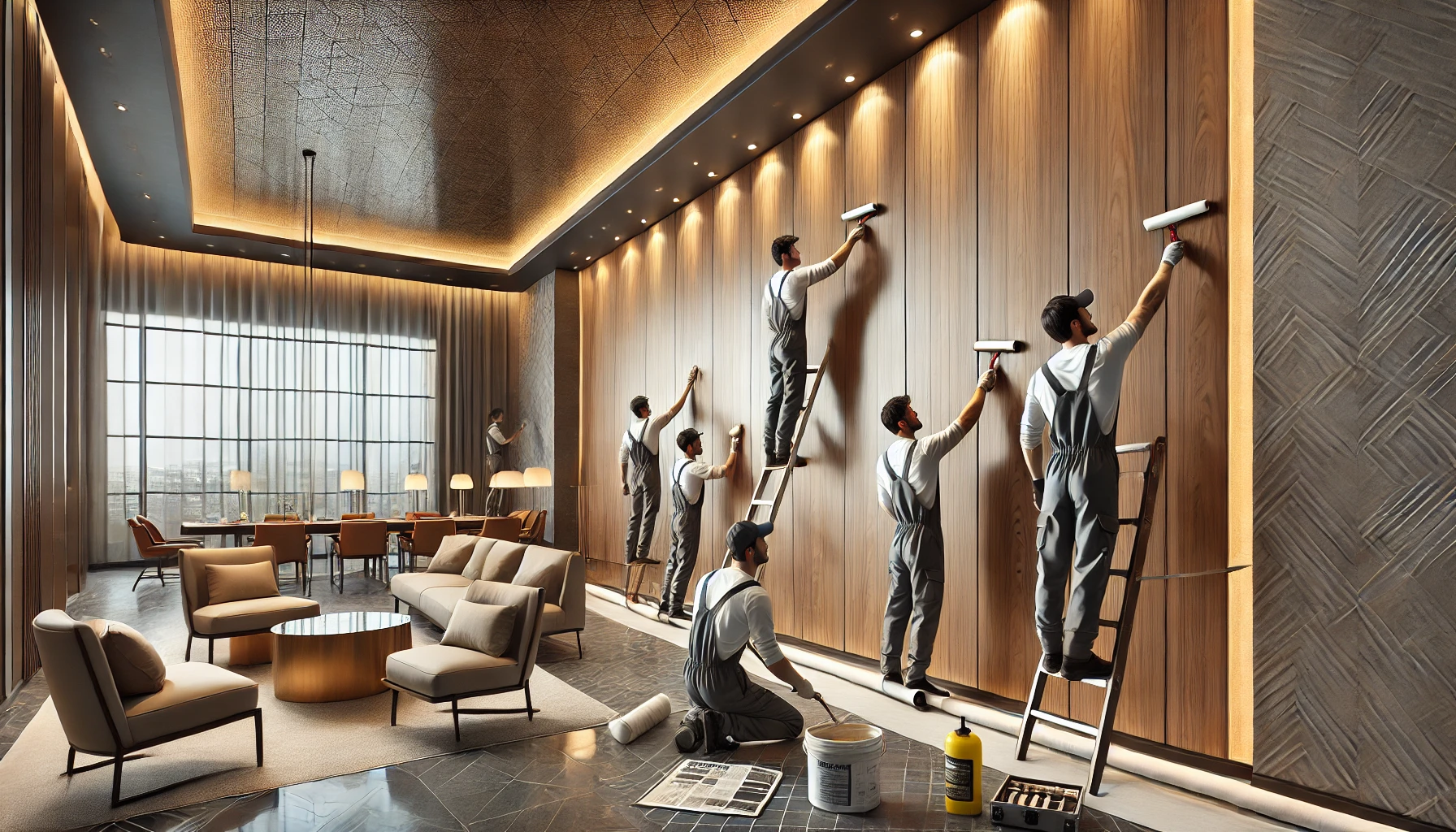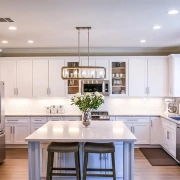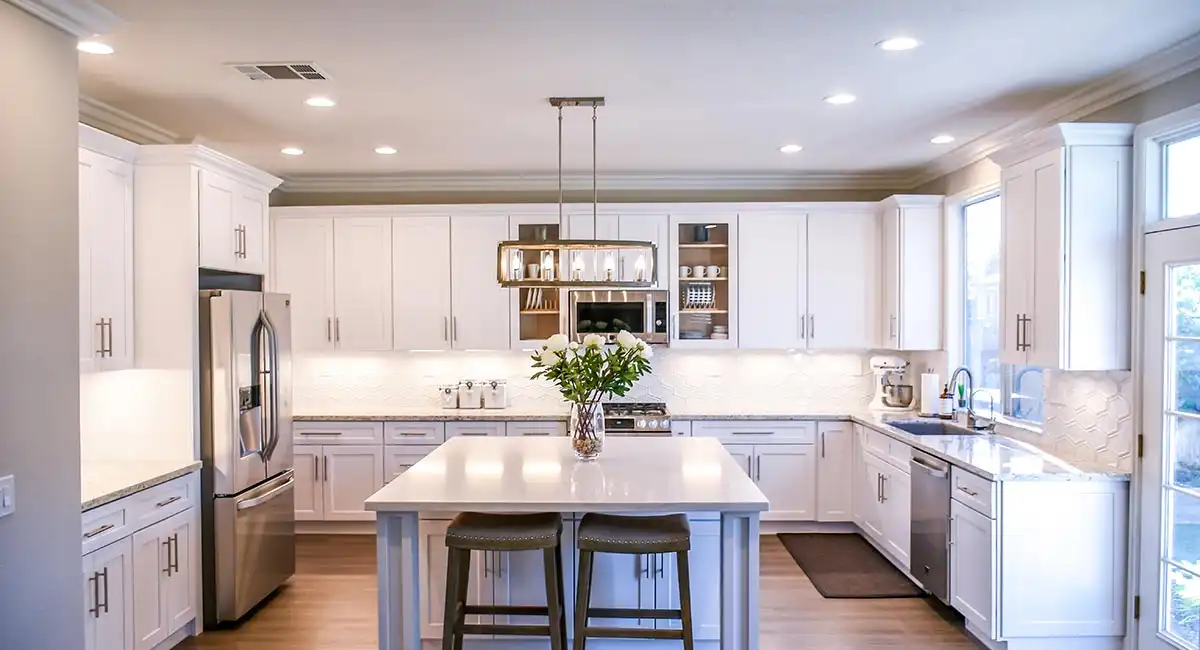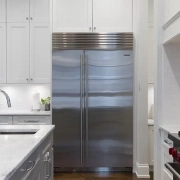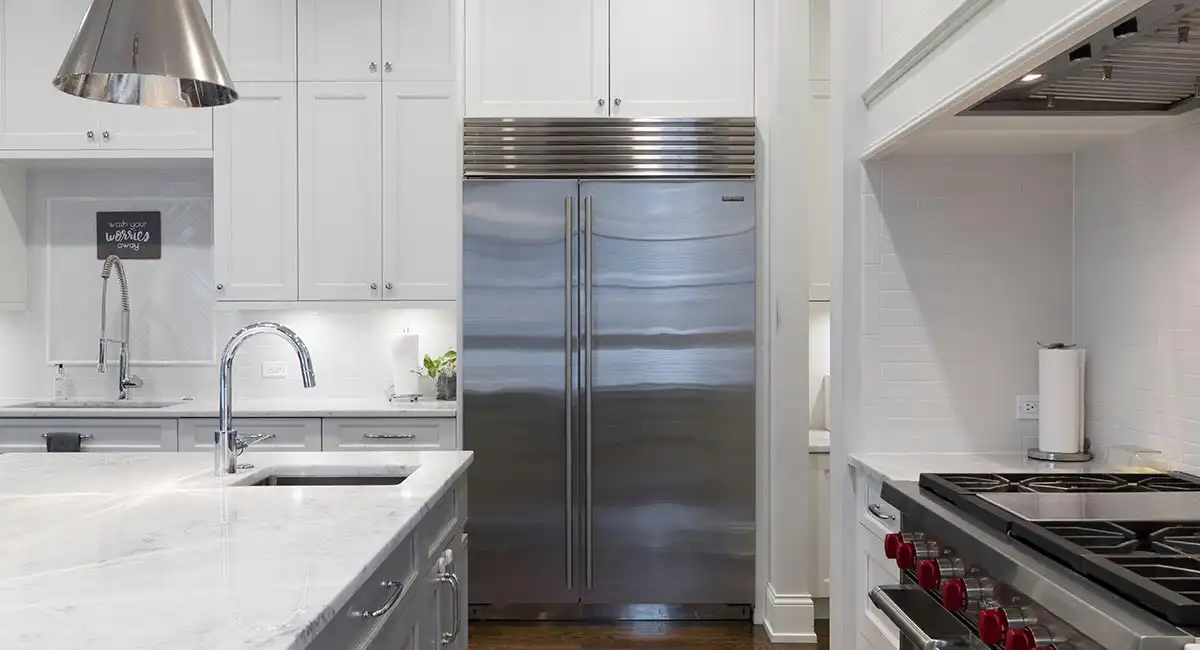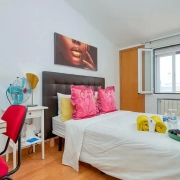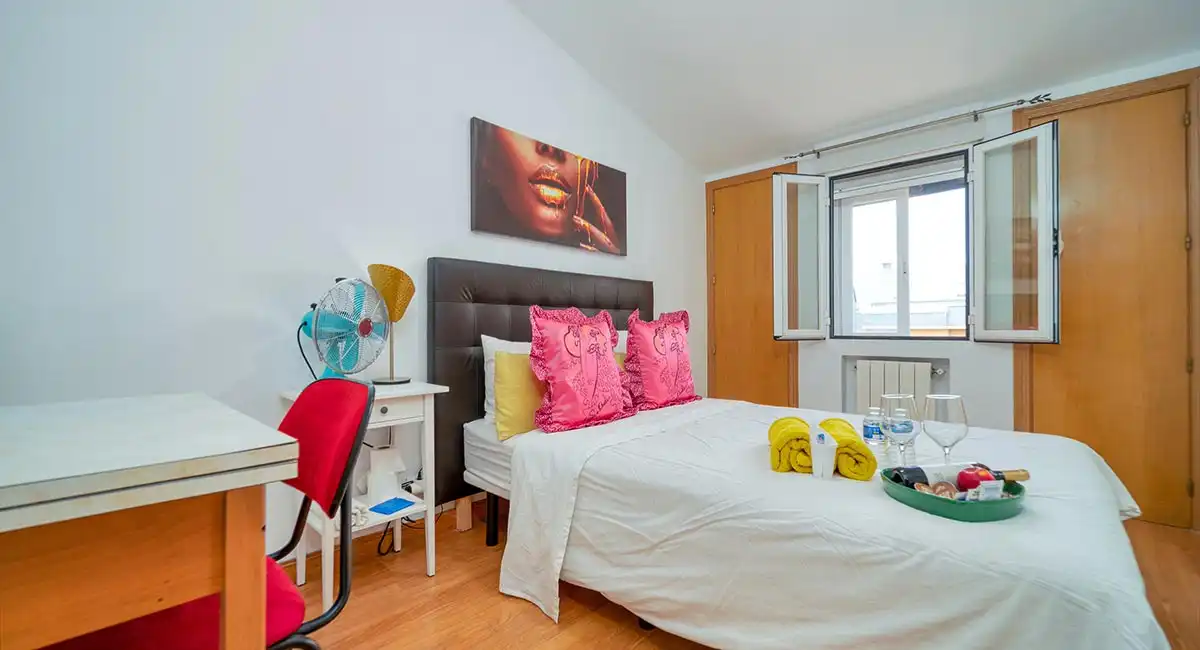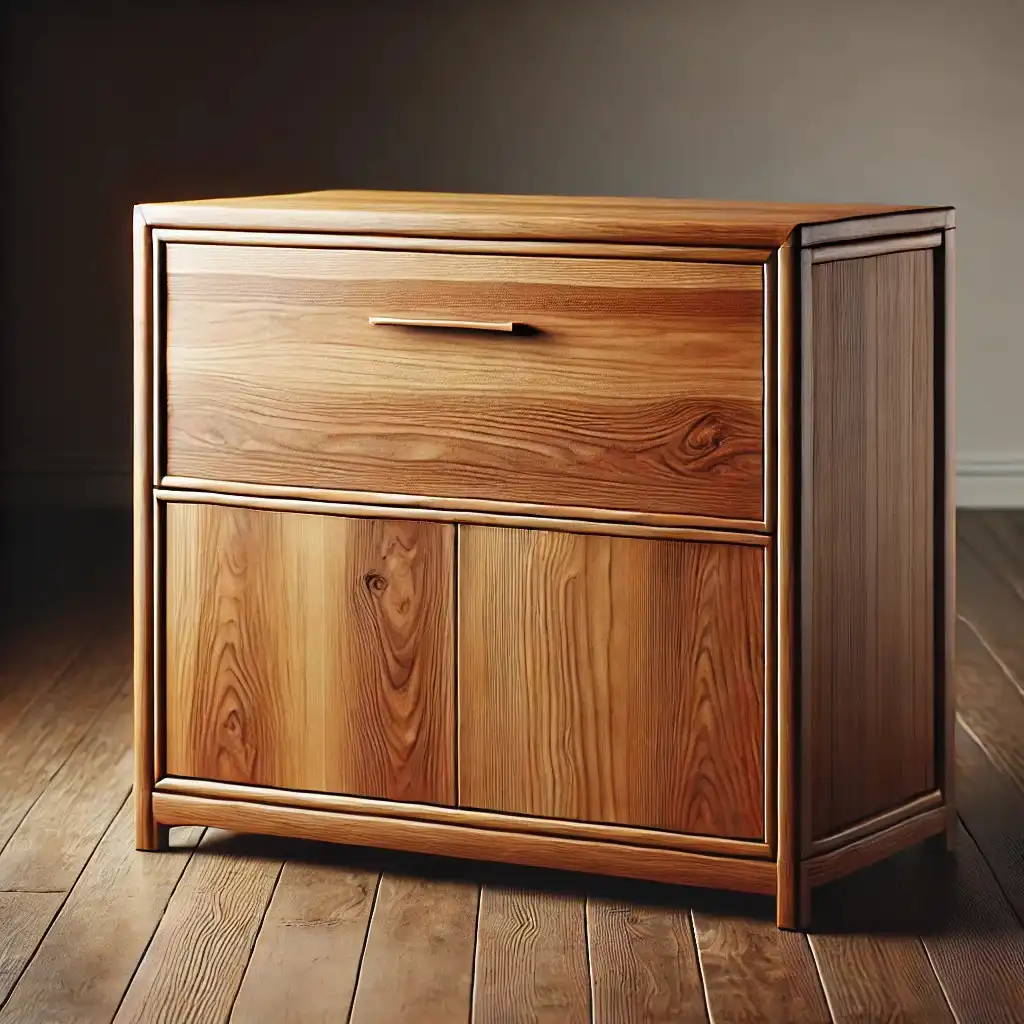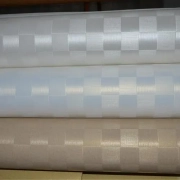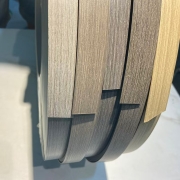PVC Edge Banding for Plywood – 10 Things You Should Know
PVC Edge Banding for Plywood – 10 Things You Should Know
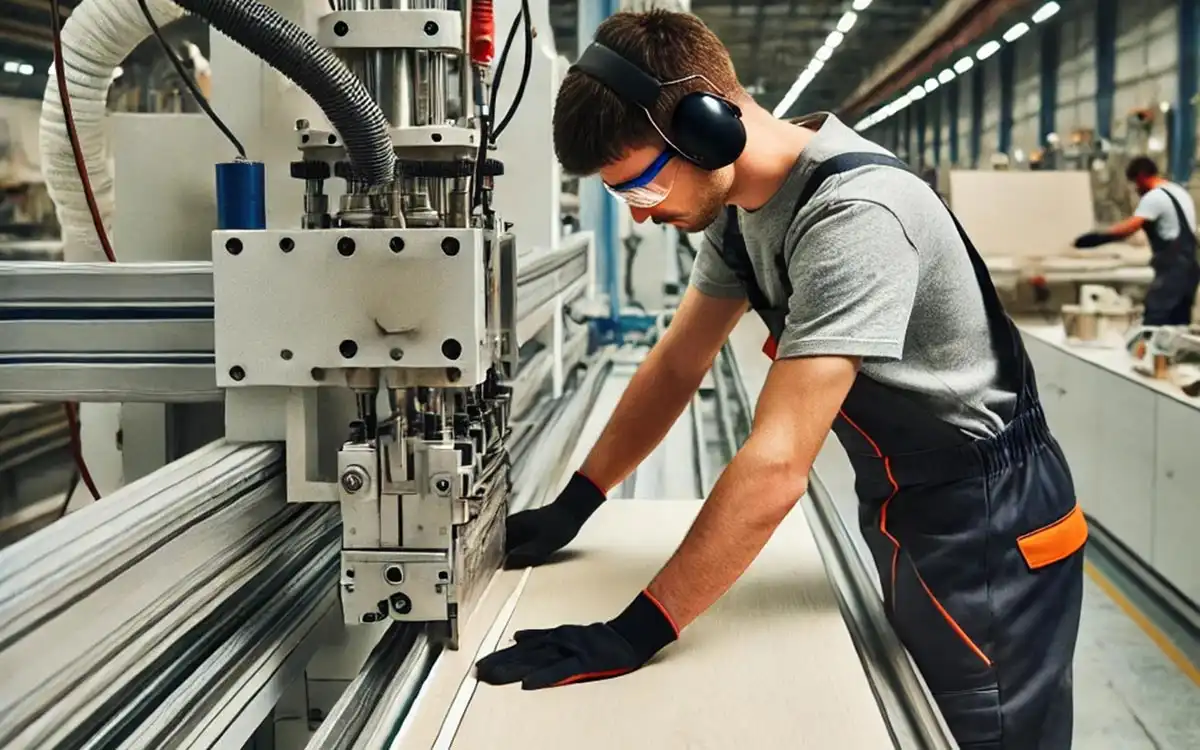
If you have been thinking of using PVC edge banding for your plywood projects, there are a few things you should know. These tips will help you make the best choice for your projects.
Installing
PVC edge banding is a great way to protect the edges of plywood or solid wood panels. It is durable, easy to maintain, and affordable. You can find a wide variety of colors and finishes to fit your needs.
In order to install PVC edge banding trim properly, you’ll need to make sure you use the right tools. Using the wrong ones can lead to premature deterioration of your product. Also, using too much heat may cause the adhesive to not be strong enough. Getting the right help from a professional can ensure you get the best results.
First, you’ll need to cut the edges of the banding to size. This can be done with a pair of good scissors. For a more flush edge, you’ll need to use a special edge banding tool.
Next, you’ll need to apply a good adhesive to the backside of the banding. You can either use a contact cement or hot melt adhesive. The glue should be applied to the whole edge of the plywood. If the adhesive isn’t enough, you may need to add more.
Once the glue has dried, you can begin putting on the edge banding. Start with the back side of the plywood and move to the front. Continue working your way to the other sides.
After all of the banding is in place, you’ll want to wrap the edges in protective tape. This should seal the PVC edge banding from moisture. Be sure to store the material in a dry, cool area.
You’ll also need a brayer to smooth out the edges. You can use a rolling tool for a better finish.
When installing PVC edge banding, it’s important to read the instructions. They can be very specific and include tips on how to install the product. Taking the time to read the instructions will help you avoid making common mistakes.
If you’re new to installing PVC edge banding, it’s a good idea to consult a professional. Their expertise can ensure you’re using the right tools, and that the installation will go smoothly. Professionals can also give you more information on the different materials, techniques, and tools you’ll need.
Identifying the right edge banding for your needs
PVC edge banding is a simple and cost-effective way to add protection and style to your plywood project. It’s available in a variety of thicknesses and colors, making it ideal for a variety of applications. However, it’s important to get the right thickness for your project.
A few factors will determine the thickness of your edge banding. First, you’ll need to find the right width for your plywood. This will depend on the shape and size of your project. If you’re working on a large surface, you’ll want to choose a wider edge banding. Alternatively, if you’re working on a smaller project, you’ll need a thinner edge banding.
Next, you’ll need to select an adhesive that works with your PVC edge banding tape. Most commonly, a hot-melt adhesive is used. You can find this type of adhesive at home improvement stores or online retailers. In addition, you can also find glueless adhesives.
When choosing a PVC edge banding, you’ll want to be sure to use a working tool to apply the adhesive to the plywood. Doing so will prevent common mistakes. Also, you’ll ensure that the bond is strong enough to hold up against wear.
Depending on the application, you may need to use a primer. This will give you better adhesion. Another advantage of using a primer is that it will help prevent discoloration over time.
Finally, you’ll need to protect the edge banding from moisture and extreme temperatures. The PVC can become damaged if left out in the sunlight or exposed to heat. Therefore, it’s best to store the material in a cool, dark place.
Once you’ve chosen the right PVC edge banding, follow the manufacturer’s instructions to install it. Careful installation will keep the material in good condition for many years.
Edge banding can be made from a variety of materials, including wood, plastic, laser, and PET. The most popular materials are PVC and ABS. Choosing the right type of material isn’t a difficult task. Just be sure to shop around and gather the information you need.
Edge banding is an easy way to finish your project, but it isn’t without its limitations. Be sure to read the instructions carefully and consult with a professional to get advice on how to properly install it.
Removing
If you have installed PVC edge banding on your plywood project, you may be wondering how to remove it. Fortunately, this task is not as difficult as you might think. The key is to take the right steps and follow proper instructions.
First, you will need to use the appropriate tools. An edgebanding trimmer is useful for removing the excess banding. Similarly, a utility knife or a router may also help. However, it’s a good idea to consult with a professional before you attempt this task. This will ensure the process goes smoothly and safely.
After installing the edge banding, you should store the material away from harsh temperatures. This will prevent the material from absorbing excessive moisture, which can cause premature deterioration of the product.
You should also check the adhesive before you use it. Using the wrong kind can damage the board. Some adhesives have chemicals that can discolor the edge banding. Use a high-quality adhesive or consult with a professional for advice.
Before applying the edge banding, you should make sure that you have properly measured the area. The correct measurements will ensure that you are able to apply the PVC correctly.
There are a variety of different types of edge banding available. The most popular are made from PVC. Using this type of material can provide you with a long-lasting, durable finish. It’s also very flexible, which can make it easy to bend it to a desired shape.
In addition to this, you can also choose from a wide range of colours. When choosing, make sure you choose the UV protection. This will prevent the PVC from discoloring over time.
Lastly, you should consider the time it takes to complete your project. Having a clear timetable can prevent mistakes and keep the results successful.
Depending on the size of your project, you might need to use additional tools. Whether you choose a power trimmer or a handheld iron, you will need to follow the proper instructions.
Ultimately, you’ll need to consult with a professional to determine the best way to remove PVC edge banding. They can give you valuable insight into the materials and techniques that work best.
Proper storage
Proper storage of PVC edge banding is essential to its durability and longevity. If the material is stored incorrectly, it can warp or discolor. By storing the material in a cool, dry place, you can ensure its longevity.
PVC edge banding is a cost-effective solution for a wide range of applications. It is available in many colors, shapes, and sizes.
PVC edge banding is also easy to install. You can use a simple hand iron or a specialized edge banding machine. When installing the product, you should follow the manufacturer’s instructions for a smooth and secure bond.
When installing PVC edge banding, you should wear protective eyewear and equipment. Using the proper tools can prevent common mistakes. Also, working with the correct adhesive will ensure the glue is strong and holds the material in place.
Whether you are installing PVC edge banding yourself or hiring a professional, it is important to follow instructions to avoid damage. Make sure to keep the work area clean and free of debris. Avoid working near sources of heat. The material can become hot, which can lead to premature deterioration.
To protect the PVC edge banding from extreme temperatures, it is best to store it in a cool, dark place. In addition, you should wrap it with plastic to avoid dust and moisture.
If you have a curved edge, you may need a hard roller. If you don’t have access to an edge banding trimmer, you can use a clothes iron or veneer saw.
You can also use a hot melt glue for edge banding. Depending on the type of PVC, you should adjust the temperature of the glue to prevent it from cracking. However, you should never use a hot glue on furniture.
Adding UV protection can also prevent discoloration of the material. UV light can damage primer. Some edgings are not resistant to UV light, so they are best stored in a tightly sealed plastic bag.
Proper installation and maintenance of PVC edge banding stripe can help your project last for years. Wipe down the product, and remove any dirt or grime.

